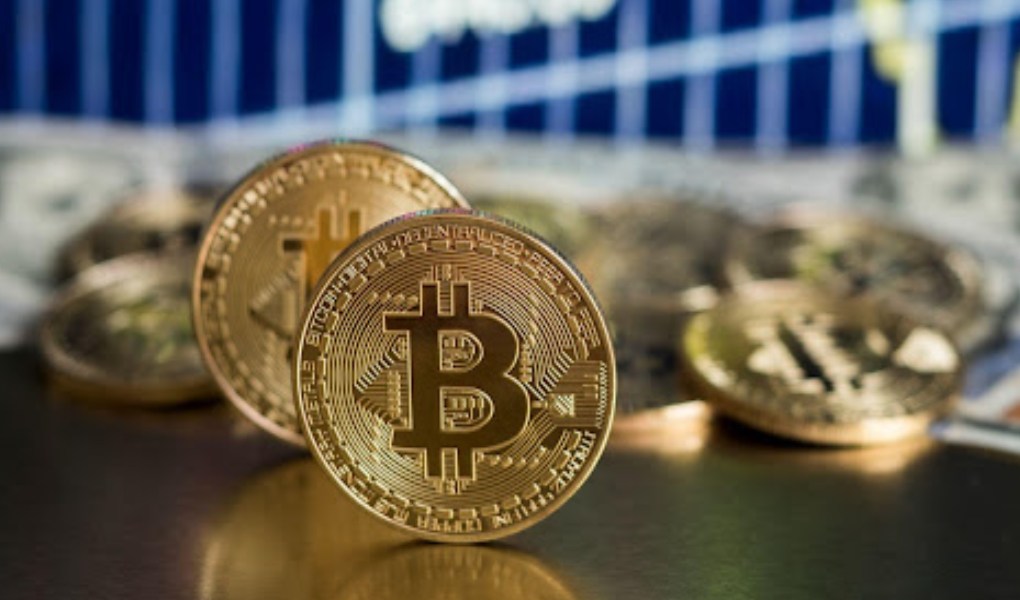Cryptocurrency is a digital currency that is decentralized and isn’t backed by a central authority. This aspect attracts people; they want to use crypto as a payment method and invest in this virtual currency because of its benefits. There are many ways to earn profit from crypto, and one such option is futures trading crypto.
Trading futures on crypto can be a rewarding experience, provided that traders know what they do. Trading requires experience and skills, and this article offers a few useful tips and explores the topic of trading crypto futures. You will learn about its benefits, risks, and what you need as a beginner to get started.
Table of Contents
What Is Trading Cryptocurrency Futures?
Cryptocurrency futures trading is a sort of financial transaction that allows traders to speculate on a cryptocurrency’s future price without actually holding the underlying asset. Futures contracts in crypto are agreements between buyers and sellers to acquire or sell a specific coin (or token) at a future date and price. That’s how to trade crypto futures.
Traders can have a long or short position when trading crypto futures. A long position indicates that the trader is purchasing the futures contract, expecting the price of the cryptocurrency to rise in the future. On the contrary, when a trader takes a short position, they believe the price of the cryptocurrency will fall, so they sell the coin or token.
Futures trading allows traders to leverage their positions. This feature lets them control a greater position with less money in their trading accounts. Thus, they enhance possible gains when trading according to a logical strategy. If the strategy is bad and the trader fails to predict the price, their losses are amplified.
That’s why it’s so critical to learn about futures trading and never enter trades based on someone’s predictions rather than on your own strategy.
Benefits Of Trading Crypto Futures
Trading digital currency futures offers numerous advantages that make it appealing for traders. One of the key appeals is the opportunity to speculate on a cryptocurrency’s future price without actually holding it.
Futures trading allows individuals to enter an agreement to purchase or sell an asset at a fixed price and date in the future. This means that when the contract expires, traders can profit from the difference between the contract price and the market price without having to worry about the storage or security of the underlying cryptocurrency.
Leverage is another benefit of trading virtual currency futures. Most exchanges and trading platforms allow traders to use leverage, which allows them to control a larger position with less initial investment in their balance accounts.
As mentioned, such an opportunity can raise possible gains while also increasing the danger of losses. Leverage can also enable traders to profit from short-term price swings, which is especially useful in volatile cryptocurrency markets. Such a strategy can help traders gain profit quickly and invest it elsewhere to diversify their portfolios.
Futures trading also enables traders to manage their risks through hedging. Traders can protect themselves from bad price changes by purchasing futures contracts. If a trader holds a substantial amount of a cryptocurrency and is concerned about a potential price drop, they could sell futures contracts to lock in a price for the asset at a later date.
It’s also worth mentioning that futures trading can give liquidity and accessibility that traditional trading doesn’t always offer. Traders can buy or sell futures contracts more easily than virtual currencies. Such coins may be illiquid or exchanged on decentralized platforms because they are standardized and traded on exchanges.
Risks Associated With Trading Crypto Futures
Before learning how to trade crypto futures, let’s evaluate the risks of this option. You already know about one significant limitation: leverage. It can be a blessing, yet it can be a curse when the trader fails to predict the price correctly. If the trader is successful, they gain profits. If not, they get huge losses through leverage.
Other risks include the following:
- Volatility.
- Liquidity
- Regulatory changes.
- Counterparty risks.
Price volatility is a significant risk when trading futures. Prices for cryptocurrencies are famously volatile, and futures contracts magnify the repercussions of such price movements. This means that traders can see significant gains or losses in a short period. Thus, traders must be aware of the dangers and have a trading plan for managing their positions.
Another major source of concern is liquidity. Futures contracts are exchanged on exchanges, which may not be as liquid as cryptocurrency markets. Simply put, it may be difficult for you to enter or exit positions because there aren’t enough futures trades in crypto.
Another critical aspect is regulatory and operational risks. There is always a possibility that regulators will impose new laws or limits that will have an influence on the market (negative or positive). Operational risks (exchange failures or cybersecurity breaches) may impair traders’ ability to access their positions.
And last but not least is counterparty risk. Futures contracts are often conducted on exchanges, which serve as middlemen for buyers and sellers. Traders may be unable to access their positions if the exchange fails.
Beginner’s Guide To Trading Cryptocurrency Futures
One of the key factors is the futures trading strategy for crypto. You can’t expect trading future blindly, so you must come up with a strategy that fits your personality, financial goals, and risk tolerance. Simply put, you should feel comfortable with your strategy. If you can’t tolerate the risks, or the strategy requires too much time from you that you can’t give, it’s not a suitable trading plan. You should also consider other factors.
It’s critical to understand the crypto futures market and how it operates. You must learn what futures contracts are and how they vary from typical cryptocurrency trading. You should also be familiar with price fluctuations, market trends, and technical analysis (which helps with market trends).
Another important part of trading futures is risk management. You should have a risk management strategy, which includes stop-loss orders to limit potential losses. You should also diversify your trading portfolio to avoid putting all eggs in one basket and experiencing losses when similar assets decrease in value.
Last but not least, learn from your mistakes and keep adjusting your strategy until you are completely satisfied with how it works.
Also Read: How To Create The An NFT? Keys And Features In Creation



